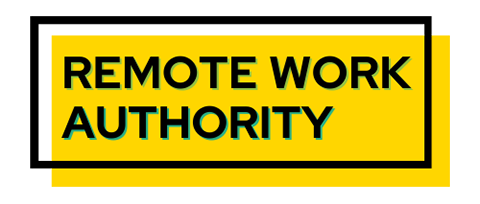If there’s anything we have learned in the past few years, it’s that catastrophe can strike at any moment. With a proper digital nomad emergency plan in place, that reality shouldn’t hold you back from exploring the world as you work.
You’re traveling, working, exploring, and having the time of your life. Suddenly, something is wrong. Your plans have been derailed. You’re 5,000 miles away from home, feeling shocked, confused, and conflicted.
Whether the problem arises in the form of a natural disaster, a family emergency, feeling unsafe, a bad experience, a pandemic, or unexpected riots, having a digital nomad emergency plan will help you handle the situation with less stress.
‘Hoping for the best, prepared for the worst, and unsurprised by anything in between.’ – Maya Angelou
What Is a Digital Nomad Emergency Plan?
A digital nomad emergency plan is a plan you create to help ensure your international travels go as smoothly as possible. In the case of an emergency, it will help you keep a cool head and decide what your next move is.
This plan usually involves having a set amount of money put aside, always letting someone know where you are and what your plans are, having travel insurance, having copies of your documents, and knowing how to contact your local embassy.
5 Key Parts of a Digital Nomad Emergency Plan
Savings
Deciding how much money your digital nomad emergency fund should have is difficult because your cost of living changes each time you switch locations. Experts generally recommend setting aside three to six months’ worth of money.

Add up the average amount of money you spend monthly on accommodations, flights, transit, insurance, other monthly payments, food, etc., and multiply that sum by three or six. For example, a person whose monthly expenses are $2,000 should have between $6,000 and $12,000 set aside for emergencies.
These savings can help in case of the following:
- Flight cancellations
- Accommodations falling through
- Natural disasters, political unrest, travel bans
- Medical or health expenses
- Family emergencies
- Job loss
- Legal issues, fraud, theft
In addition, make life easier as you travel and waste less money by using travel credit cards and a debit card with no ATM fees.
Connectivity
Always forward your travel plans to a trusted friend or family member. You can also share your location with them using the Find My Friends app on your iPhone or through a similar app on your Android.
If you don’t have an international cell phone plan, buying a SIM card in whichever country you’re in is usually straightforward. Always learn and program in essential numbers such as the police, firefighters, your local embassy, and a personal emergency contact.
Insurance
Besides the fact some countries require you to have travel insurance before arriving, it’s an excellent investment for digital nomads. Not only does it help cover unexpected medical expenses, but it can also cover missed flights, lost luggage, or emergency repatriation.
Plans cost anywhere between $40 and $500 per month. The price depends on the provider, benefits, where you’ll be traveling, and for how long.
Accessibility to Important Documents
Of course, you need your passport and visa in hand while flying, but there are varying opinions when it comes to carrying them while exploring. Random checks are uncommon, but you could be fined if you don’t have your passport with you. Whether your passport and personal documents are safer on your body or locked away in a safe at your lodging is your decision.

However, making copies of important documents, like your passport, visa, or insurance info, is always a great idea. No matter where you choose to leave/carry your documents, keep the copies in a separate location. (If you leave your passport at your accommodation, take the paper copy with you.) You might consider laminating the paper documents for extra security so they don’t get ruined in an unexpected rainstorm.
Contact Your Local Embassy
Before your departure, contact your home country’s embassy or join the Smart Traveller Enrollment Program (STEP) to let them know how long you’ll be in which country and your plans. They’ll contact you with advice if there’s any type of emergency. If, at some point, your friends and family can’t contact you while you’re abroad, the information you provide can help the embassy ensure you’re safe.


